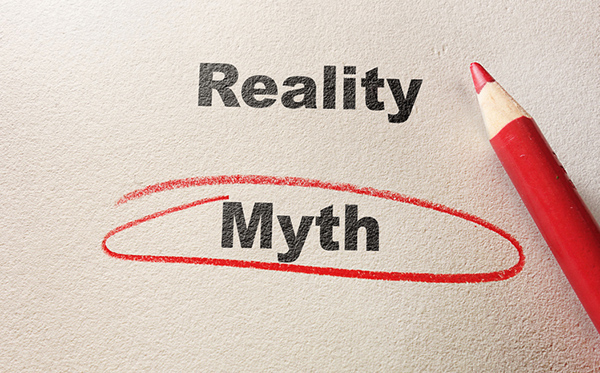Paper cuts don’t equal workplace hazards, and other myths around health and safety reforms debunked and demystified.
Myth one: The new health and safety (H&S) law won’t apply to small businesses.
False: It applies to all businesses in New Zealand, regardless of size. But it doesn’t necessarily mean that your business will need to do anything differently, if you already take a considered approach to H&S.
Myth two: Paper cuts are now a big deal.
False: The new law emphasizes proportionality. What you need to do will depend on the level of risk and what you can reasonably control. What you need to identify, and take practical steps to manage, are critical risks to the people in your workplace – including visitors and customers. These can range from noise levels to slippery floors, heavy machinery to hazardous substances.
Myth three: It’ll be expensive to comply.
False: The most important thing to do costs nothing. Talk with your employees about how to work safely. Expert advisors may be useful if the risks you need to manage are detailed and technical – see these tips on choosing the right advisor if this applies to your business. You can also contact WorkSafe for advice.
Myth four: I need to do something now, or face big fines.
False: High penalties only come into play for employers who recklessly or persistently flout safety management steps. If you already have sound H&S policies and practices in place, you’re in a good position to stay compliant when the law changes. If not, there’s plenty of time to fix this – and keep those in your workplace safe and healthy.
Myth five: If someone gets hurt, I’ll go to prison.
False: Again, penalties such as hefty fines and imprisonment are only imposed in extreme circumstances. For example, if an employer removes safety measures put in place after a WorkSafe inspection, and a worker is seriously injured as a result. In general, WorkSafe aims to support those who show a genuine willingness to comply.
Myth six: This means LOADS of paperwork.
False: Paperwork does not equal managing risk, and managing risk does not equal paperwork. You only need documents if this is the best way to manage and minimise critical risks. Putting things in writing is a useful tool for good communication, but what’s most important is for you and your employees to discuss safety management.
Article source: MBIE
